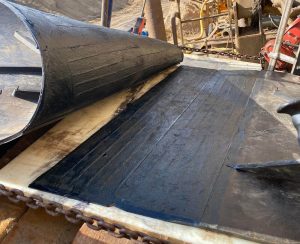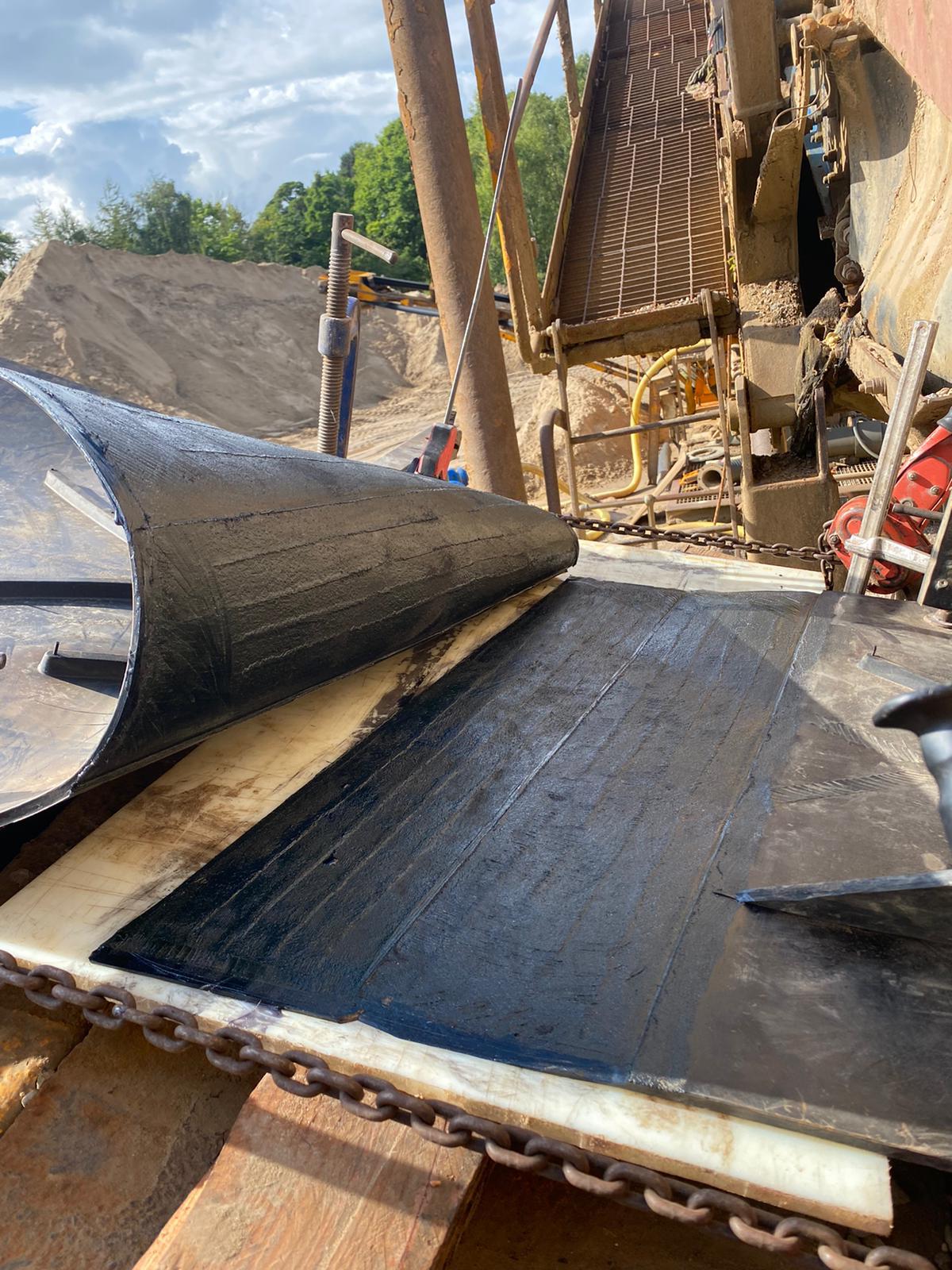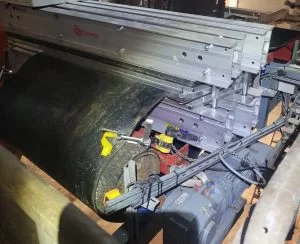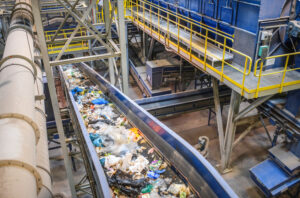The Essential Role of Vulcanising in Conveyor Belt Durability and Maintenance. Vulcanising is a pivotal process in the manufacturing and upkeep of conveyor belts, serving to fuse and fortify the belt’s varied components. Primarily composed of multiple layers of rubber and fabric, conveyor belts undergo vulcanisation to chemically bond these layers, resulting in a robust and enduring product.
The Vulcanisation Process: A Detailed Overview
Vulcanising, a key industrial process, is instrumental in enhancing the functionality and extending the lifespan of conveyor belts, which are central to the operations of numerous sectors like mining, manufacturing, agriculture, and logistics. There are a few types of vulcanising, including hot and cold methods, that can involve the application of heat and pressure in the presence of a vulcanising agent to chemically bond the multiple layers of rubber and fabric that make up a conveyor belt. The intricate procedure not only repairs damaged belts but also joins the ends of new belts to form a continuous loop, which is essential for the belt’s operation.
The initiation of the vulcanising process requires meticulous preparation of the conveyor belt. This preparation is critical, as the presence of contaminants or irregularities on the belt’s surface can severely impede the effectiveness of the vulcanisation, potentially leading to weak points in the belt that could compromise its integrity during operation. Following this, the splicing stage is where the realignment and joining of the belt’s ends take place, which demands precision to ensure the belt operates smoothly without any misalignments or weak junctions.

Preparation: Initially, the conveyor belt, whether damaged or new, is prepared for vulcanisation. This stage involves thorough cleaning and inspection to eliminate any contaminants or anomalies that might impede the bonding process.
Splicing: For a damaged belt, any compromised section is removed, and the remaining ends are readied for splicing. Similarly, the ends of a new belt are prepared for the same process.
Application of Vulcanising Agent: At this juncture, a vulcanising agent—a chemical concoction—is applied to the prepped ends of the belt. This agent is crucial for facilitating the chemical bonding between the rubber layers during vulcanisation.
Pressing and Heating: The belt ends are aligned and subjected to pressure in a specialised vulcanising press. Concurrently, heat is supplied via heating platens or a vulcanising machine, activating the vulcanising agent. This leads to the chemical bonding and curing of the rubber layers.
Cooling: Post-vulcanisation, the spliced area is allowed to cool gradually, a phase critical to preserving the splice’s strength and integrity.
Trimming and Testing: Excess material from the spliced area is trimmed away, and the splice quality undergoes a rigorous inspection. This could involve visual inspections, tensile strength tests, and thickness measurements to ensure the spliced section meets the requisite standards.
Vulcanisation is essential for the reliability and durability of conveyor belts across various industries, including mining, manufacturing, agriculture, and logistics. It plays a crucial role in preventing belt separation, minimising downtime, and guaranteeing the safe and efficient operation of conveyor systems. Through vulcanisation, conveyor belts can handle stress, tension, and abrasion throughout their service life, ensuring uninterrupted and efficient material handling in numerous operational environments.
Discover the underlying reasons for belt deterioration.
At Hoverdale, we stand apart from our competitors by emphasizing the importance of understanding the reasons behind your conveyor belt’s failure or premature wear. We investigate the root cause to provide you with insights and solutions.
Upon arrival, our engineers prioritise getting your operation back up and running swiftly. Simultaneously, they document their findings and discuss potential enhancements with you, ensuring a comprehensive service approach. This includes removing guards, removing the old belt, and thoroughly inspecting the conveyor system and equipment before installing the new belt.
After the installation, we perform a run-up test and adjust the belt tracking to confirm everything is functioning at its best before the official handover back to your operation. Our two-person teams are entirely self-sufficient, equipped with company vehicles loaded with all necessary tools and equipment. This includes presses, generators, compressors, inverters, tooling, personal protective equipment (PPE), and safety gear, ensuring we’re prepared to address any issue on-site.






